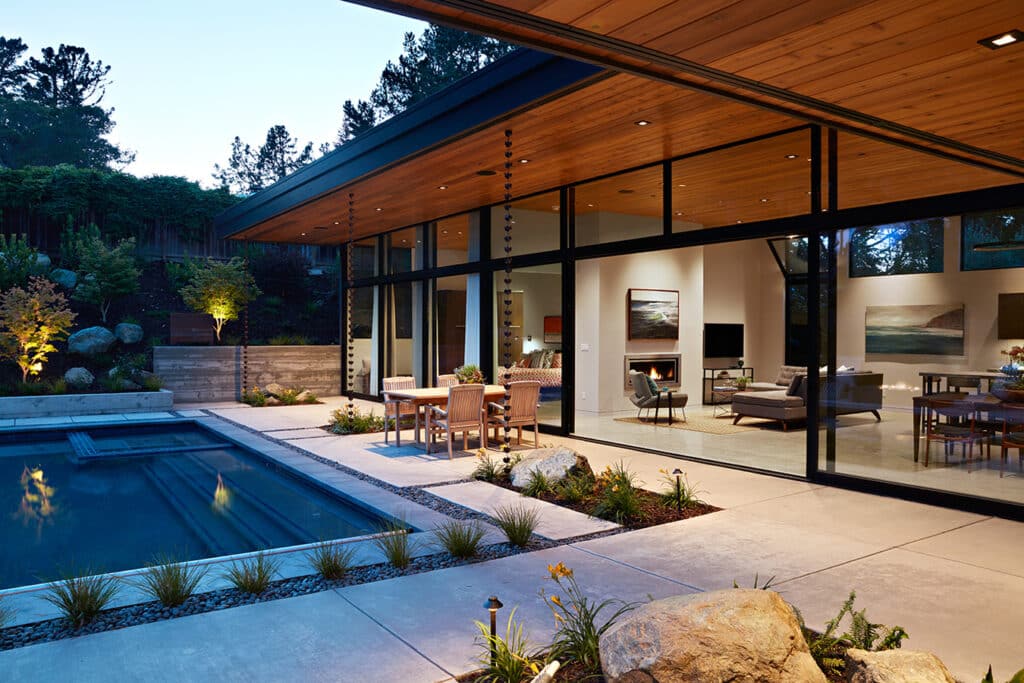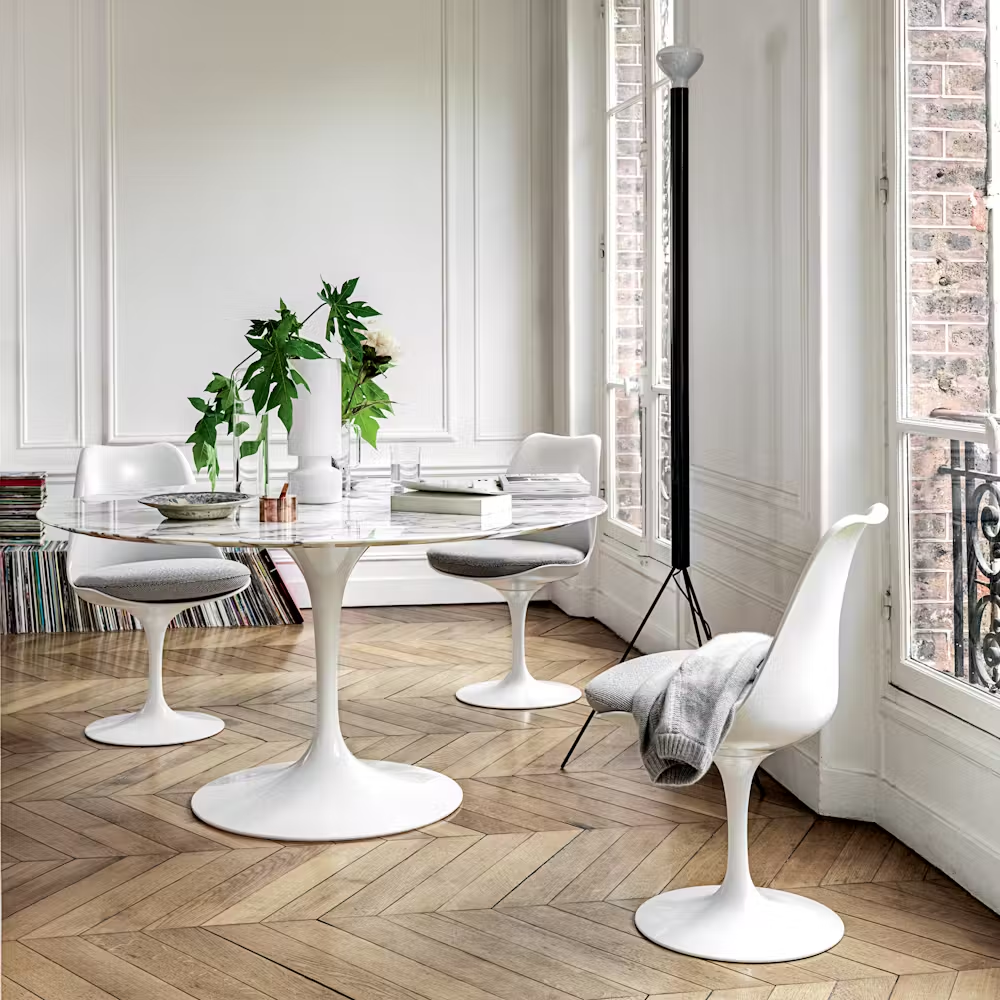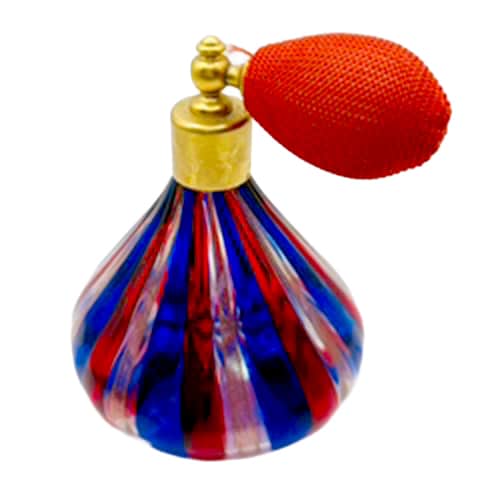Why Mid-Century Modern Captured America
In the mid-1950s, the United States experienced the emergence of a design movement that would forever shape our visual vocabulary: mid-century modern. Characterized by clean lines, organic forms, and an ethical embrace of new materials, this aesthetic not only dominated architecture and furnishings—it also resonated with the cultural psyche.
Why did mid-century modern become so popular at that specific moment? Moreover, what is it about its aesthetic that appeals so powerfully to the human brain?
- Culture
One crucial factor was that in the aftermath of World War II, American society experienced unprecedented economic growth, a booming housing market, and a spirit of innovation. The G.I. Bill enabled returning veterans to buy homes and start families, generating demand for modern, affordable furniture and housing solutions. At the same time, populations shifted—expanding suburbs shaped the way people lived, creating a need for designs that were both stylish and efficient (Meikle, Jeffrey L., 2005).
Architects and designers—such as Charles and Ray Eames, Eero Saarinen, and Florence Knoll—took advantage of newly available materials, including molded plywood, fiberglass, and aluminum. With them, they created furniture that felt futuristic, accessible, and democratic. Their designs valued function as much as form. - Neuropsychological Foundations of Aesthetic Appeal
a. Visual Processing and Gestalt Principles
Our visual systems innately seek harmony and simplicity—principles central to Gestalt psychology. Mid-century modern’s emphasis on balance, symmetry, and unity allows for effortless processing. When we encounter a well-proportioned Eames lounge chair or a Saarinen tulip table, our brains register clarity and order, reducing cognitive load and triggering a sense of aesthetic pleasure (Wagemans et al., 2012).

A glass-walled house perched over a pool is aesthetically pleasing.
b. Organic Forms
Additionally, humans hold an evolutionarily rooted affinity for shapes and materials that resemble nature—a concept encapsulated in the “biophilia hypothesis.” Mid-century modern often incorporates organic curves (think Arne Jacobsen’s Swan or Egg chairs), natural woods, and textured fabrics. These elements subtly mimic the contours and complexity of the natural world, appealing to our primordial preferences for environments that signal safety and vitality (Kellert & Calabrese, 2015).
c. Predictability and Surprise
Design theorists argue that aesthetic pleasure also arises in the tension between predictability and novelty. Here, Mid-century shines. It combines familiar geometric structures with unexpected materials or angles. Examples include minimalist sideboards with tapered legs, a glass-walled house perched over a pool, or sleek chairs molded into human-form contours. This interplay of comfort (predictability) and interest (novelty) stimulates curiosity and dopamine release, creating a rewarding visual experience (Bar & Neta, 2006).
d. Color and Material
Subtle, muted color palettes—soft teals, mustard yellows, warm browns—dominate mid-century interiors. These hues tend to be gentle on the visual system; pastel shades reduce overstimulation and can induce calm and satisfaction (Elliot & Maier, 2014). Meanwhile, materials like teak, walnut, and molded plywood offer tactile warmth, inviting a sensory connection that resonates more deeply than cold, impersonal surfaces.
- Societal Reflection and Aspirational Identity
Beyond the brain’s wiring, the mid-century modern movement’s popularity in the 1950s also mirrors cultural aspirations.
a. Optimism and the Future
A belief in progress, science, and technology energized Postwar America. Designs featuring novel materials and streamlined forms embodied the “machine age” dream: hopeful, clean, and efficient. In essence, mid-century modern furnished hope and a vision of modern living, promising a utopian future.
b. Democratization of Design
Mid-century modern creators often sought to bring high-quality design to mass markets. The Eameses’ use of molded plywood and fiberglass enabled mass production. Affordable, accessible, and stylish, it was a way to elevate everyday living and expand taste beyond elite circles. This democratizing impulse aligned with a broader mid-century belief in equality and upward mobility.
c. Domesticity and Simplicity
In the 1950s, the home was viewed as both a haven and a showpiece. After years of wartime austerity, Americans were ready to incorporate beauty into their personal spaces. Mid-century modern’s uncluttered aesthetics and emphasis on multi-functional design aligned perfectly with the era’s yearning for simplicity, efficiency, and grace in domestic life.

Eero Saarinen designed the innovative and elegant Tulip seating in 1957
- Neuroaesthetics Meets History: Why the 1950s?
Bringing these threads together, mid-century modern became popular in the mid-1950s because it perfectly matched the economic, cultural, and technological landscape—while also resonating at a deep psychological level.
- America was eager for optimism. Barriers between “high” and “middle” culture were breaking down, and the means for mass production aligned with aesthetic innovation.
- Neuroscience, too, played a part. It suggests that our brains find pleasure in visual coherence, natural forms, balanced novelty, and sensory warmth, core features of mid-century modern.
- Together, these historical and neuro-psychological forces combined to produce a movement that felt good.
Conclusion
Clean lines, organic curves, muted palettes, and novel materials offered a sensory and intuitive experience that speaks directly to the way our brains are wired. At the same time, this design language symbolized optimism, democratic access to beauty, and refined domestic comfort, the perfect toolkit for a postwar society eager to reinvent itself. Mid-century modern wasn’t just furniture or architecture; it was a declaration of hope you could sit on, live in, and carry
forward, which is why it still feels as fresh and captivating today as it did seventy years ago.
References
Meikle, J. L. (2005). Design in the USA. Oxford History of Art. New York: Oxford University Press.
Wagemans, J., et al. (2012). A century of Gestalt
psychology in visual perception: I. Perceptual grouping and figure–ground organization. Psychological Bulletin, 138(6), 1172–1217.
Bar, M., & Neta, M. (2006). Humans prefer curved
visual objects. Psychological Science, 17(8), 645–648.
Kellert, S. R., & Calabrese, E. (2015). The Practice of Biophilic Design. San Francisco: Terrapin Bright Green.
Bradbury, D. (2022). Mid-Century Modern Furniture. London: Thames & Hudson
Elliot, A. J., & Maier, M. A. (2014). Color psychology: Effects of perceiving color on psychological
functioning in humans. Annual Review of Psychology, 65, 95–120
Shirley M. Mueller, M.D., is known for her expertise in Chinese export porcelain and neuroscience. Her unique knowledge in these two areas motivated her to explore the neuropsychological aspects of collecting, both to help herself and others as well. This guided her to write her landmark book, Inside the Head of a Collector: Neuropsychological Forces at Play. In it, she uses the new field of neuropsychology to explain the often-enigmatic behavior of collectors. Shirley is also a well-known speaker. She has shared her insights in London, Paris, Shanghai, and other major cities worldwide as well as across the United States. In these lectures, she blends art and science to unravel the mysteries of the collector’s mind.






